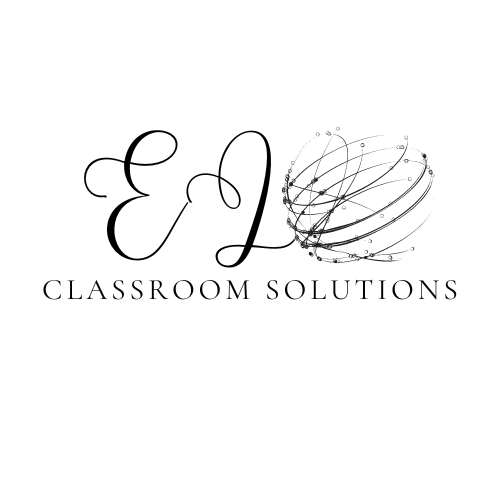
As educators of English learners, we often find ourselves balancing the need for students to practice speaking with the reality of limited classroom time. And, let’s be honest—sometimes it feels like we’re constantly trying to get students to stop talking! However, the following four examples of QSSSR strategies offer a structured and effective approach that can engage even your most hesitant English learners in meaningful oral language practice.
What is QSSSR?
– Q – Question: Start by posing a clear, engaging question to your students.
– S – Signal: Choose a signal for students to indicate when they have an answer. This could be something simple like raising a hand or touching their nose.
– S – Stem: Provide a sentence starter to support their responses. For instance, “My favorite animal is __________.” Offering a range of sentence stems, such as “My favorite animal is __________ because __________,” allows students to select one that best fits their level.
– S – Share: Students first discuss their answers with peers in small groups or pairs.
– R – Respond: Finally, students can share their answers with the entire class, based on their comfort level.
Sometimes, you might also see QSSSR extended to QSSSA, with the ‘A’ standing for “Assess”. This can be useful for gauging understanding and adjusting your approach as needed. For beginners, providing multiple-choice answers and visual aids can ease the pressure of finding the right words and help students focus on forming correct sentences.
The beauty of QSSSR lies in its flexibility. It’s informal and easy to implement, making it a versatile tool for various classroom activities. You can use it to kickstart a project, reinforce a lesson, or discuss social and emotional topics. Here are a few examples of QSSSR from my own teaching experience:
Writing Prompts
Before diving into a writing prompt, I often use QSSSR to build background knowledge. For example, if the prompt is “What is your favorite book genre and why?” I might show a video about different genres. Students then list genres from the video or suggest their own, creating a visual list together. I provide varying levels of sentence frames to support their responses, such as “My favorite genre is __________,” “My favorite genre is __________ because __________,” or “My favorite genre is __________ because __________ and I would recommend it to __________ because __________.” After practicing orally, students are ready to start writing.
Icebreaker Activities
A fun twist on the classic game of Four Corners can be a great icebreaker, especially at the start of the school year. For instance, if the question is “What is your favorite color?” students move to the corner corresponding to their choice. The signal is moving to a corner, the stem is “My favorite color is __________,” and students share their answers within their group before a few volunteers share with the whole class. To support newcomers, I create visuals for each choice, which you can find here or on my classroom management page here.
Clarifying Instructions
Use QSSSR to ensure students understand instructions and to address any lingering questions. For example, you might ask, “What part of the lesson was easiest for you?” followed by “What questions do you still have?” Providing visual options for “I don’t understand a word,” “I don’t understand something the teacher said,” or “I don’t understand something the teacher did” can be very helpful for English learners. Students can discuss with a partner and then bring their questions to the class if needed.
Building Classroom Community
Morning meetings are a great opportunity to use QSSSR to learn more about your students. Questions like “What is your favorite video game?” or “What did you do this weekend?” can give you insights into your students’ lives while offering a comfortable topic for newer English learners to practice speaking.
While QSSSR might initially sound a bit rigid, when tailored to your students’ needs and incorporated regularly into your classroom routine, it can significantly enhance oral language skills and contribute to overall literacy development. Give these examples of QSSSR a try and see how it transforms your classroom interactions!
